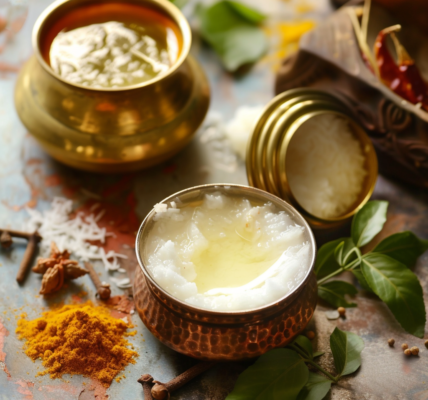Joint health is a crucial aspect of overall well-being, particularly as we age. Many individuals experience discomfort and limitations in mobility due to creaking joints, which can be a sign of underlying issues such as arthritis or general wear and tear. Fortunately, there are several strategies that can help alleviate these problems and promote healthier joints.
One of the primary contributors to joint discomfort is inflammation. Inflammation can be triggered by various factors, including diet, lifestyle, and genetics. To combat this, incorporating anti-inflammatory foods into your diet can be beneficial. Foods rich in omega-3 fatty acids, such as salmon and walnuts, as well as fruits and vegetables high in antioxidants, like berries and leafy greens, can help reduce inflammation in the body.
Staying hydrated is also essential for joint health. Water helps to keep the cartilage in joints lubricated, reducing friction and preventing wear. Aim to drink plenty of water throughout the day, and consider herbal teas or broths that can also contribute to your fluid intake.
Regular physical activity is another key factor in maintaining joint health. Engaging in low-impact exercises such as swimming, cycling, or yoga can strengthen the muscles around the joints, providing better support and stability. Additionally, stretching exercises can improve flexibility and range of motion, which is vital for preventing stiffness.
Weight management plays a significant role in joint health as well. Excess weight places additional stress on weight-bearing joints, such as the knees and hips. Maintaining a healthy weight through a balanced diet and regular exercise can help alleviate this pressure and reduce the risk of joint pain.
Incorporating strength training into your fitness routine can also be advantageous. Strengthening the muscles surrounding the joints can provide them with better support and reduce the likelihood of injury. Focus on exercises that target major muscle groups, and consider working with a fitness professional to ensure proper form and technique.
For those already experiencing joint pain, various treatments can provide relief. Over-the-counter pain relievers, such as ibuprofen or acetaminophen, can help manage discomfort. Topical treatments, including creams and gels that contain anti-inflammatory ingredients, may also offer localized relief.
In more severe cases, consulting with a healthcare provider is recommended. They may suggest physical therapy, which can provide tailored exercises and treatments to improve joint function and reduce pain. In some instances, injections or surgical options may be explored, depending on the severity of the joint condition.
Alternative therapies, such as acupuncture and chiropractic care, have gained popularity for their potential to alleviate joint discomfort. These methods can provide additional pain relief and improve overall joint function for some individuals.
Finally, lifestyle modifications can significantly impact joint health. Avoiding prolonged periods of inactivity, maintaining good posture, and using ergonomic furniture can all contribute to healthier joints. Additionally, paying attention to body mechanics during activities, such as lifting or bending, can help prevent strain on the joints.
In summary, while creaking joints can be a common concern, there are numerous proactive steps individuals can take to promote joint health. From dietary changes and regular exercise to seeking professional help when needed, taking care of your joints is essential for maintaining mobility and quality of life as we age. By prioritizing joint health, individuals can continue to enjoy an active lifestyle without the limitations that come from joint discomfort.





